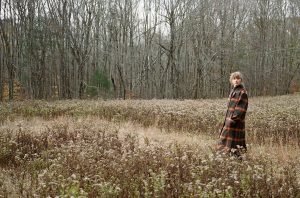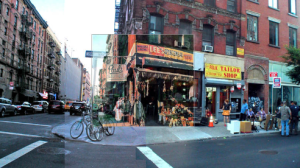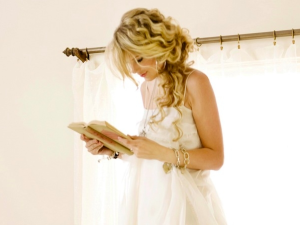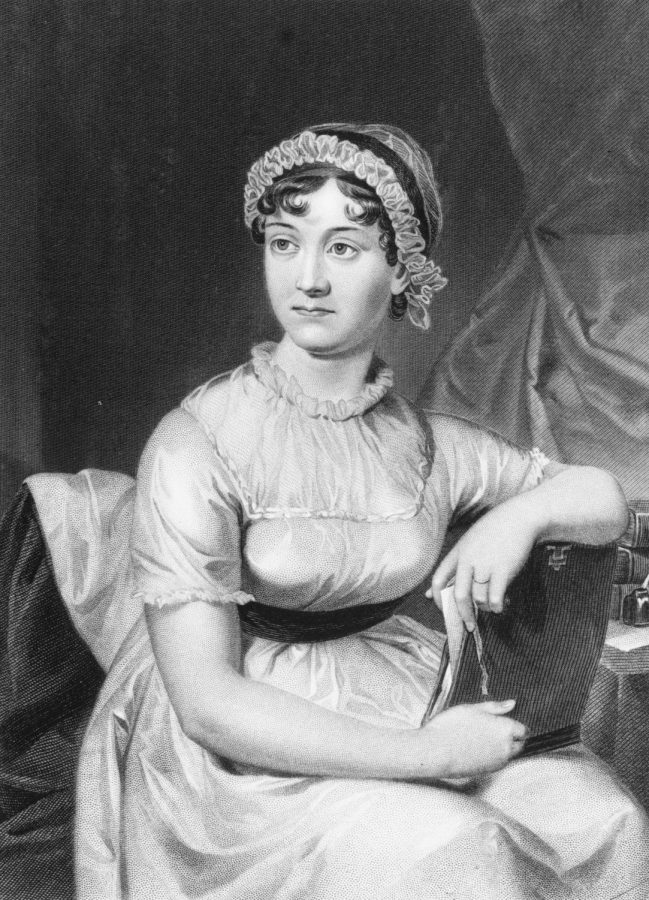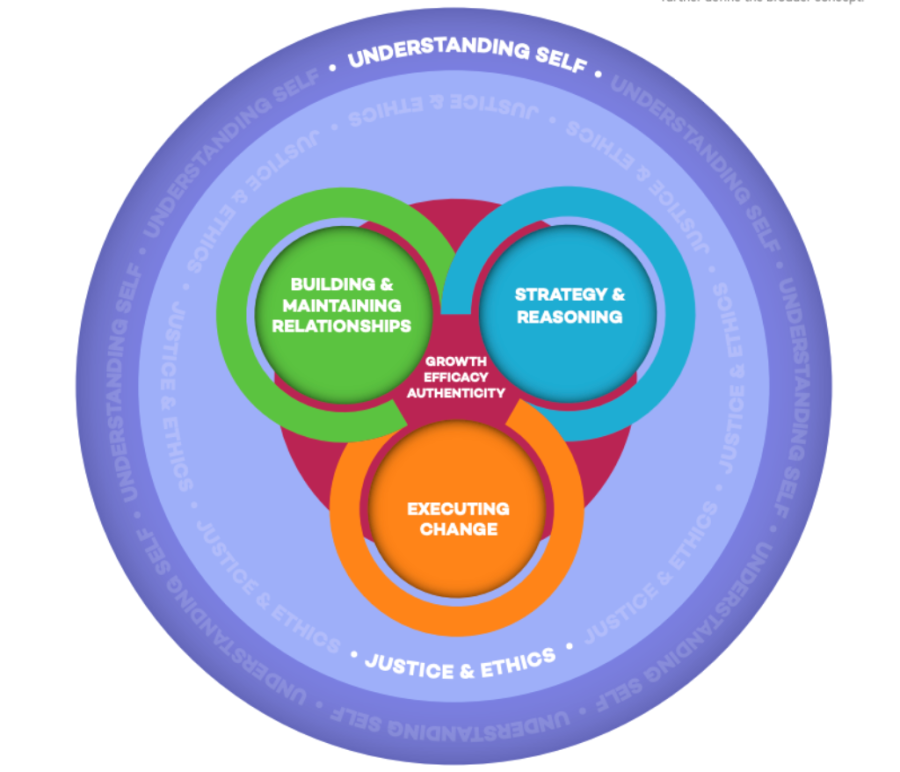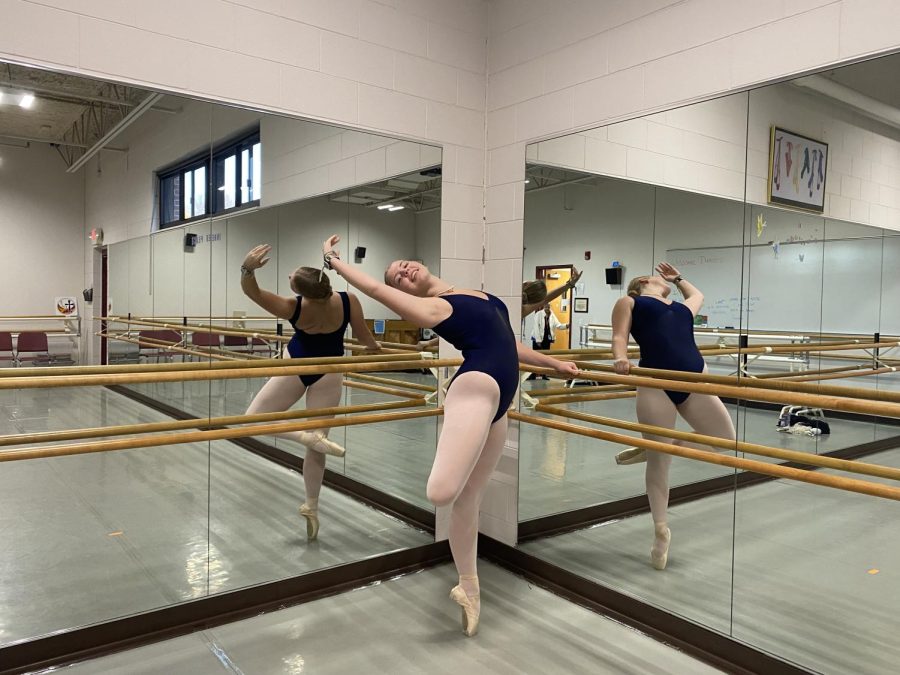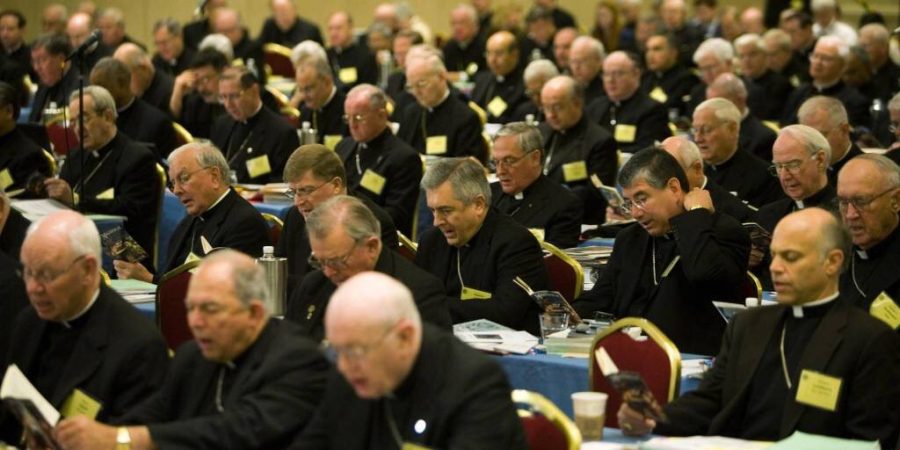In my experience here at Visitation, I’ve noticed that we use the term “the Vis Bubble” whenever we talk about how our school is… different from the rest of the world. We go to an all-girls, private, Catholic, college preparatory high school, and so our environment is somewhat of a stereotype. And not all stereotypes are bad. We are blessed not only by the beloved Sisters of the Visitation but with a vast amount of privilege that we have in the form of abundant opportunities to excel and the hope of looking into a bright and successful future.
And that’s part of what we mean when we say “the Vis Bubble.” Beautiful indoor plants need terrariums, a tropical fish needs an aquarium, and humans need loving communities to grow and flourish. But there’s also a wider, more diverse world out there that is easy to forget about when your soil is warm and your water is fresh and the people around you support you for being who you are.
Visitation School is located in Mendota Heights, a small city in Minnesota with a population of just past 11,000 people and a median household income of $107,865. According to census data, over 10,000 of those people are white. I’m sure there’s some intersection between the two groups. For comparison, the annual tuition for an Upper School Student at Vis (without financial grants), is $23,393. My education is a privilege that I am always grateful for.
But to comment on my previous statement, I don’t like overusing the term ‘privilege,’ because sometimes as a person of color (POC), I feel like I’m guilting people into feeling bad about their white privilege. You can’t help the race, the place, and the face you were born with. What matters here is awareness of the issue, an issue that perhaps our ironic mutterings betray our negligence. Hence, the Vis Bubble.
And yet, I still have to wonder if this term is somewhat of a misnomer. Diversity is present in this school, but does the Vis Bubble actually stop us from seeing it? Is the Vis Bubble somehow this invisible barrier that surrounds the school and its people, protecting us from the harsher truths of the outside world?
In reality, communities are built in concentric circles. You, yourself, are a bubble, in a sense. Your family is a bubble. Your school is a bubble, inside of the larger bubble of Mendota Heights, inside the bubble of our state and our country. And every bubble is a microcosm of its own belief systems, ways of thinking, ways of looking not only outward, but within.
A school is meant to be a bubble. Without those walls, many students get lost in a wide ocean. But a bubble is not a box. It stretches, it moves, it changes. It’s transparent, to see outward, to make the occupant curious. It floats, it flies, it rises with the wind and is forever caught in a struggle against the forces that try to influence its iridescent walls, a symbol of infinite mystery and delight.
But perhaps the most iconic part of a bubble is its ephemeral nature. Like plants, like fish, we are humans who are constantly seeking room to grow—who must constantly seek room to grow.


